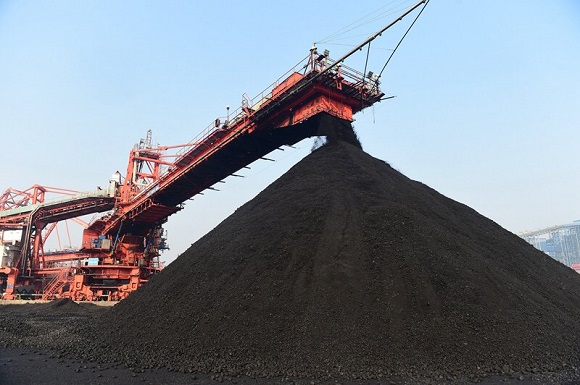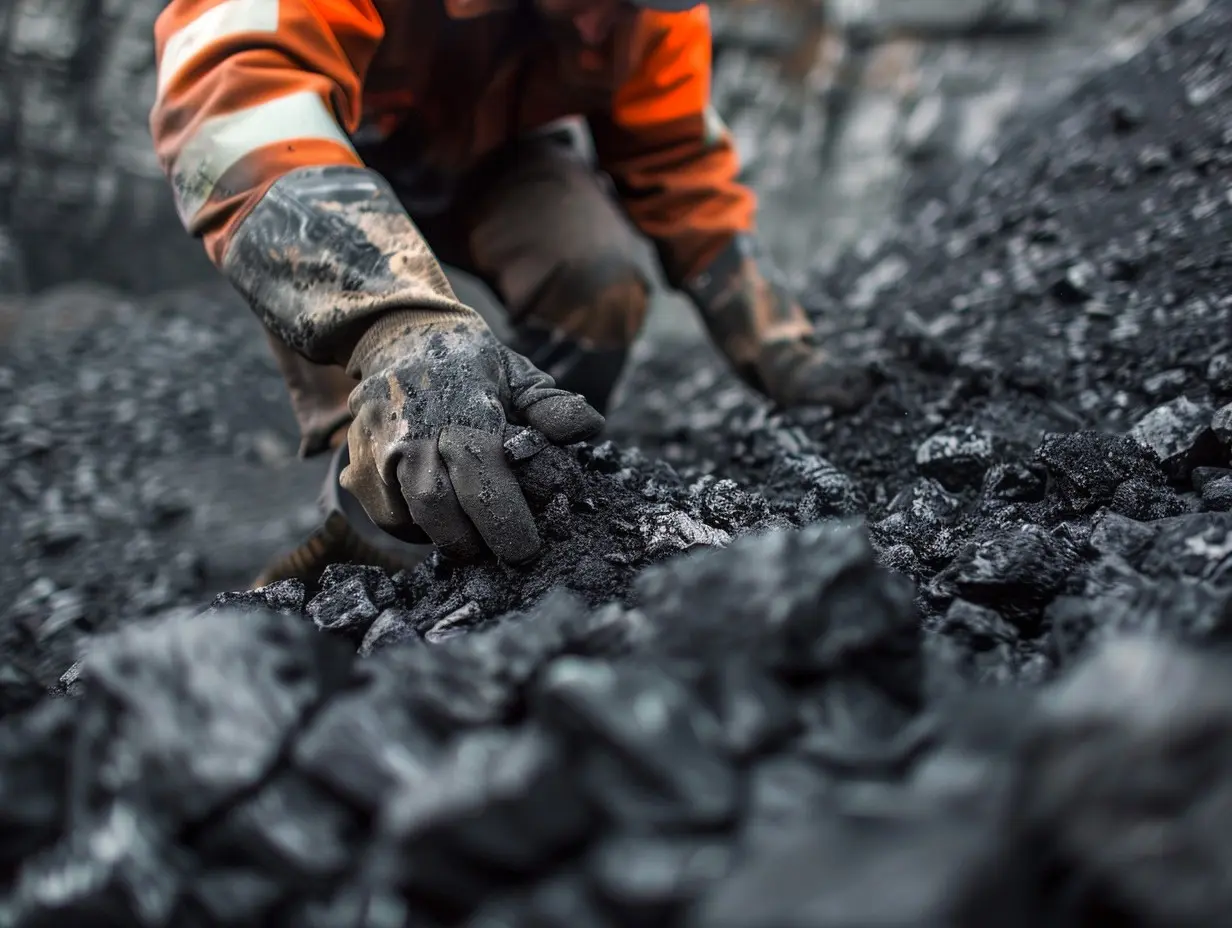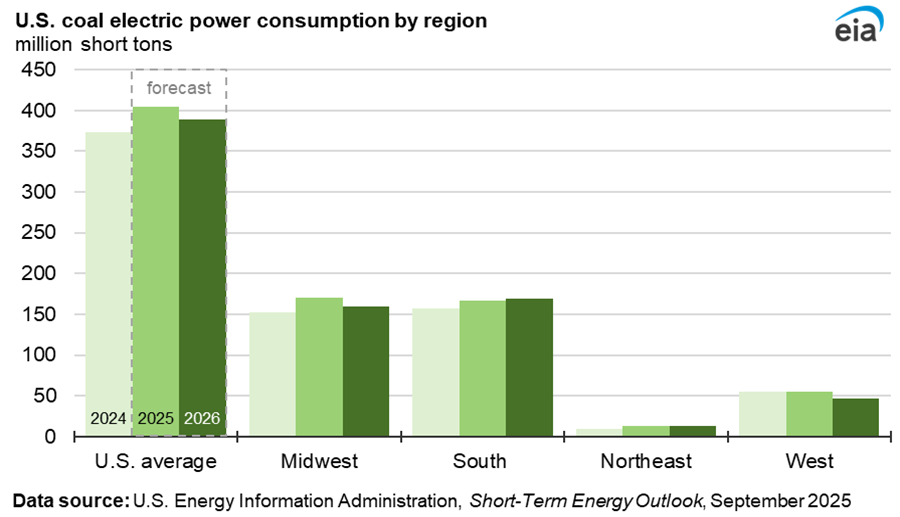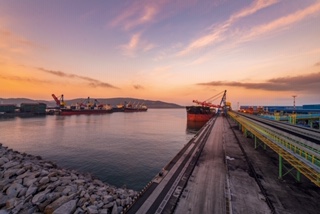

China’s Ministry of Ecology and Environment (MEE) is collecting feedback from some 20 authoritative bodies including other ministries, institutes, industrial associations and enterprises on upgrading and revising existing air pollutant emission standard as currently apply to China’s coking industry, Mysteel Global has learned.
Although adhering to new requirements will involve additional investment on the part of the coke producers, the overhaul will further tighten permissible limits on pollution and compel enterprises to adopt measures to control fugitive emissions during coking and raw materials delivery and storage, according to MEE.
The existing standard effective 2012 has “promoted the environmentally-friendly and high-quality development of China’s coking chemical industry” and could generally meet the environmental management benchmarks, MEE noted. However, some deficiencies in areas relating to air pollution control have emerged as the industry has developed, it said.
For example, as for emissions via exhaust funnels above 15 metres, the existing guidelines place no oxygen content requirement on pollutant emissions, according to MEE, but could be about to change. Through oxygen content monitoring, authorities will be able to determine whether an enterprise has illegally ‘diluted’ waste gases from its flues with clean air to reduce apparent pollutant emission levels, rather than adopt advanced techniques, Mysteel Global notes.
Similarly, the existing standard has no specific stipulations relating to the control of fugitive emissions, including dust emissions in coal and coke storage and delivery, and gases leaking from coke ovens, MEE noted.
Once the new standard is officially released, existing coking enterprises will be required to follow the new rules from July 1 2023, while newly established firms will be obliged to apply the new standard to their operations from July 2022.
As for the flue emissions and off-gases, the new standard will further narrow the limit of concentration of pollutants in these including particulate matter and sulphur dioxide, and add the limit of oxygen content, non-methane hydrocarbon and ammonia. Among the adjustments, the allowed sulphur dioxide concentration will be reduced from the existing 100 mg/cu m to 80 mg/cu m during the dry quenching process, according to the draft.
Enterprises will also be ordered to reduce fugitive emissions by employing various methods including building confined bunkers or sheds with dust suppression facilities for stocking coal and coke and using pipelines or enclosed belt conveyors to deliver coal and coke within their plants. For those that must use trucks for coal and coke delivery, these enterprises will also need to adopt dust suppression measures to minimise dust emission, the draft says.
The implementation of the new standard will increase enterprises’ investment in the environmental protection facilities, MEE noted. For a 1 million tonnes/year coking plant, an additional Yuan 30-50 million will need to be invested for the facilities to comply with the toughened regulations, and an extra Yuan 8-13 million will have to be spent annually in these operations, the ministry said.
For the whole coking chemical industry, the implementation of the new standard will add Yuan 5-10 billion, with another Yuan 250-420 million/year added to operating costs, MEE added.
China is the world’s top coke-producing country with its total coking capacity reaching 634 million tonnes/year as at the end of 2020. Over 2013-2019, the country’s coke output accounted for around 70% of the world’s total, MEE cited.
Source: mysteel.com












